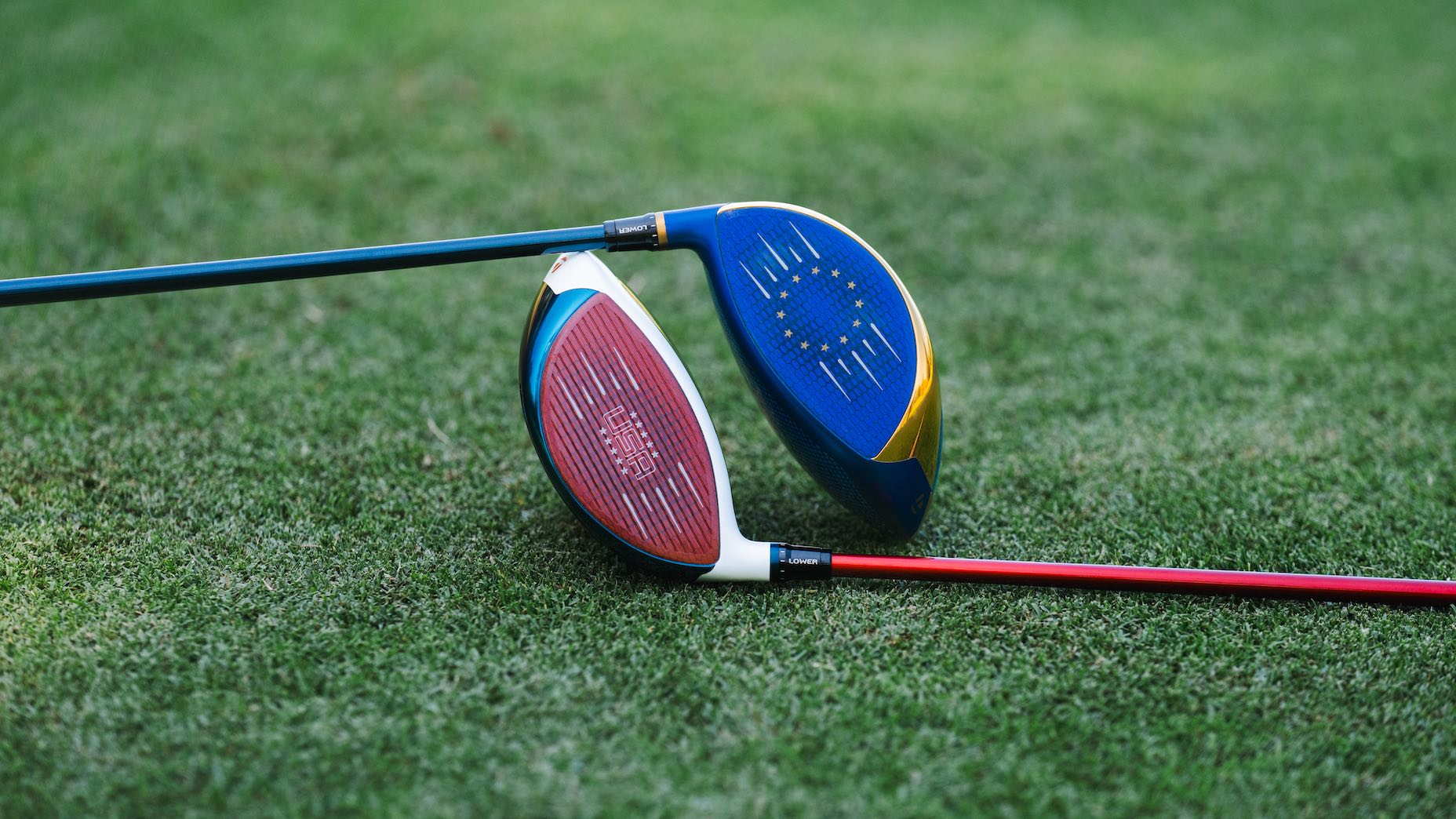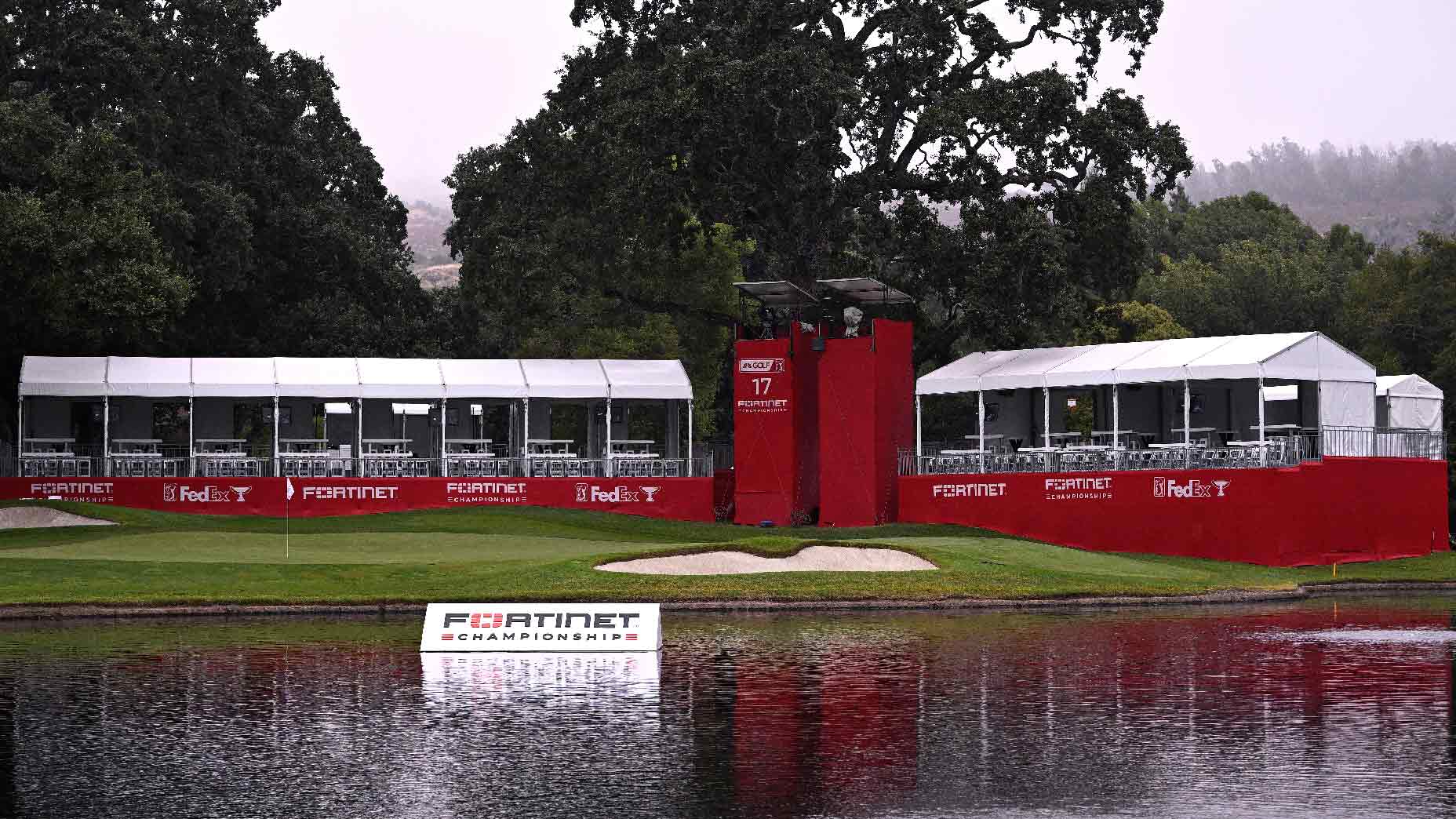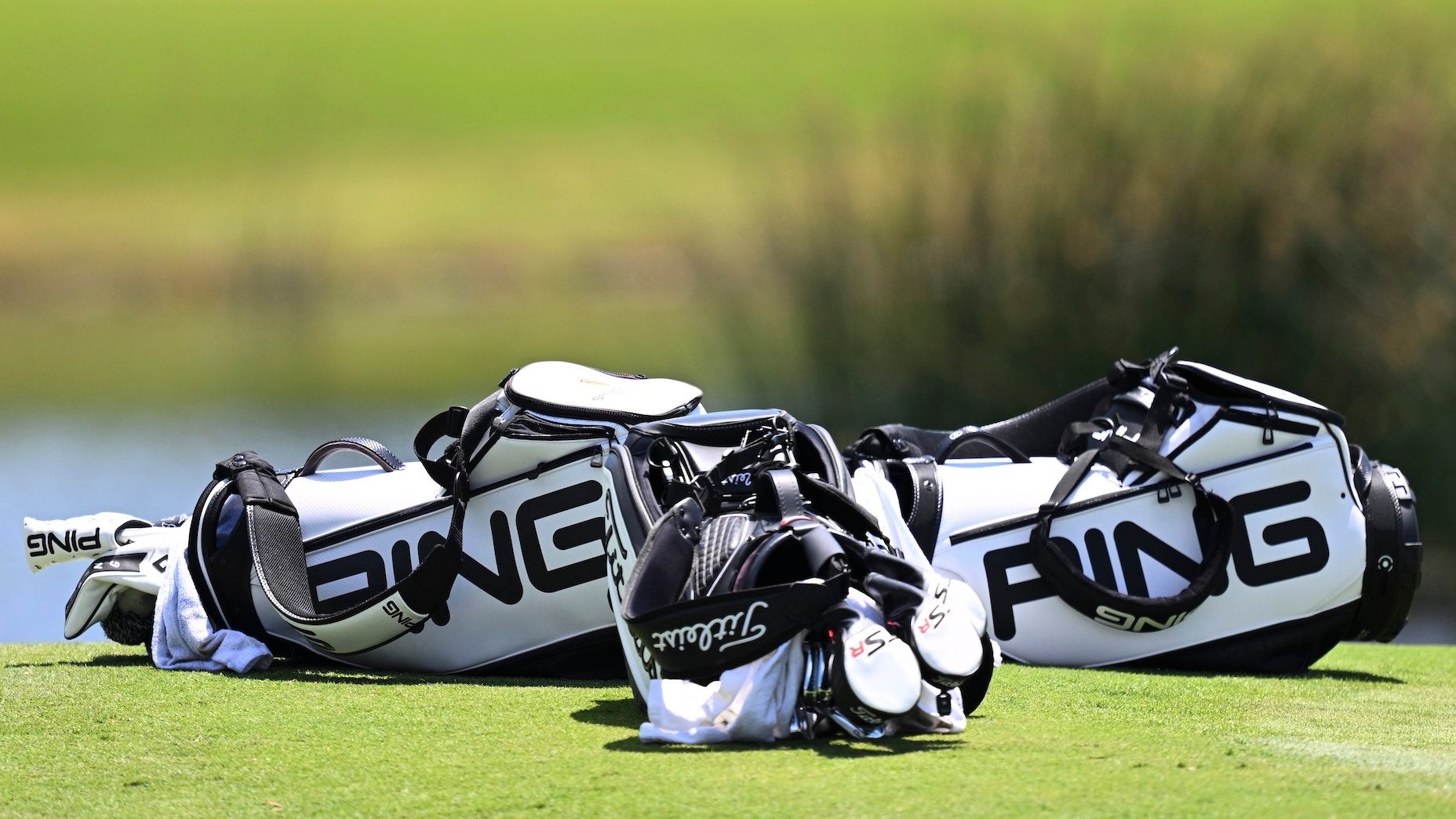
Michael Kim shared his thoughts on a topic that rarely gets discussed: How do gear deals actually work at the Tour level?
Getty Images
In 2013, Rory McIlroy signed a mega-deal with Nike Golf for a head-spinning figure. The numbers $100 million and $200 million were thrown about — but nobody knew for sure, outside of McIlroy’s team and the Swoosh.
The deal further reinforced something that’s become more apparent in recent years: Gear deals are shrouded in secrecy.
For whatever reason, equipment manufacturers have been reticent to offer up financial terms when deals are announced, so we’re forced to wonder and guess what a ball-only deal or full-bag agreement might be worth.
Enter tour pro Michael Kim, who recently provided some much-needed clarity. The former PGA Tour winner has been using his social media account to answer questions from followers, offering insider insights on a myriad of topics, including the inner workings of equipment deals on Tour.
Below are the three most interesting takeaways from Kim’s recent social post on the topic.
Short and sweet
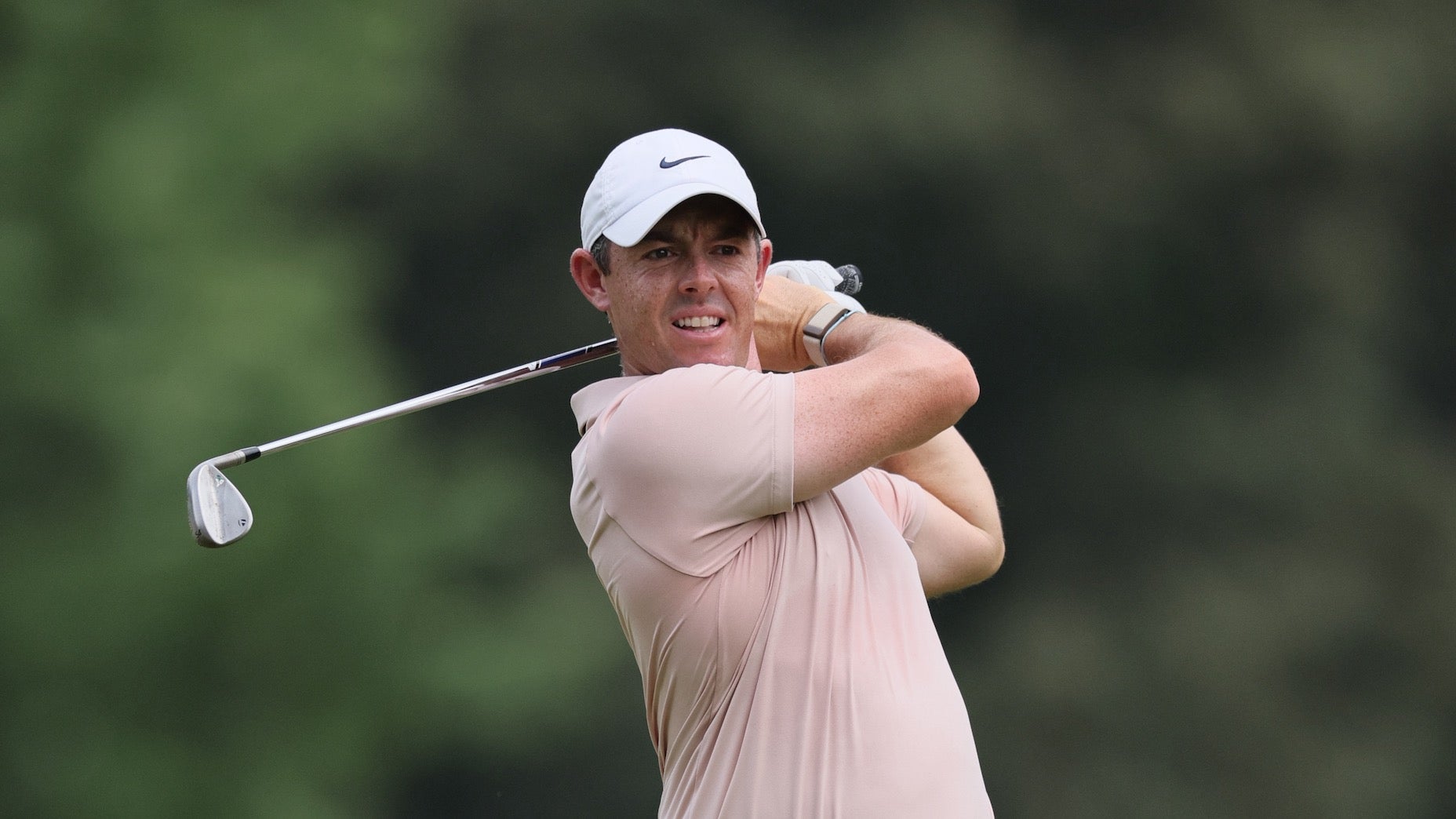
Getty Images
When you see the words “multi-year” deal mentioned with a new signing, don’t assume it’s anything more than 2-3 years, tops. According to Kim, when his agent is negotiating a new deal, it’s usually somewhere in the neighborhood of 1-3 years.
“Because you need to earn your card each [year] on tour, in general, there are no long-term deals (unless you’re a big-name guy),” Kim said. “Often times it’ll be a smaller upfront but a bigger bonus if you get within the top 70 or 50 [in the FedEx Cup] (performance based).”
The only exception to the rule would be someone in the top tier of professional golf — think Rory, Rahm and Scheffler — but even then there’s no guarantee equipment company and player would want to go beyond a third year.
No free ride
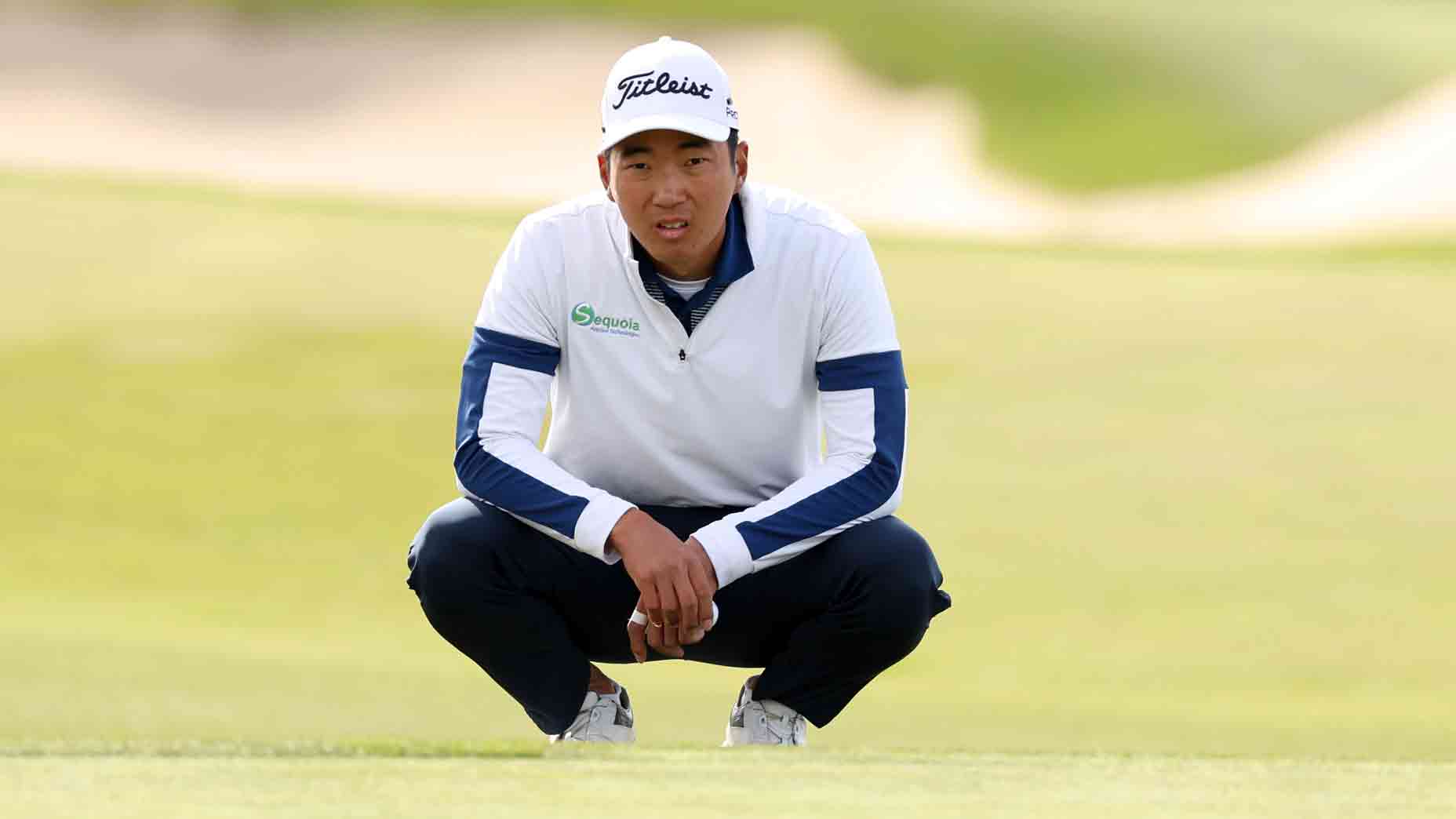
Getty Images
Kim confirmed something I’ve believed for the last five years: Gear deals are no longer a guarantee when you make it to the top rung of professional golf.
“Companies have also been way more selective of the players they sign,” he said. “Back in the 2000s, if you had a PGA Tour card, you were guaranteed a deal. Now you need to be either top 75 or a young guy with potential. That’s why you see many more free agents these days.”
With brands adding social media influencers to the “Tour” stable, the equipment endorsement pie has shrunk considerably on the PGA Tour. Manufacturers still see value in having a stable of pros to push their product, but it’s no longer necessary to ink every available free agent to a deal, just to win the driver or iron count.
With tournament purses on the rise, don’t be surprised if the number of gear deals continues to contract. For both sides, it’s all about finding the right fit and being selective.
Take it or leave it
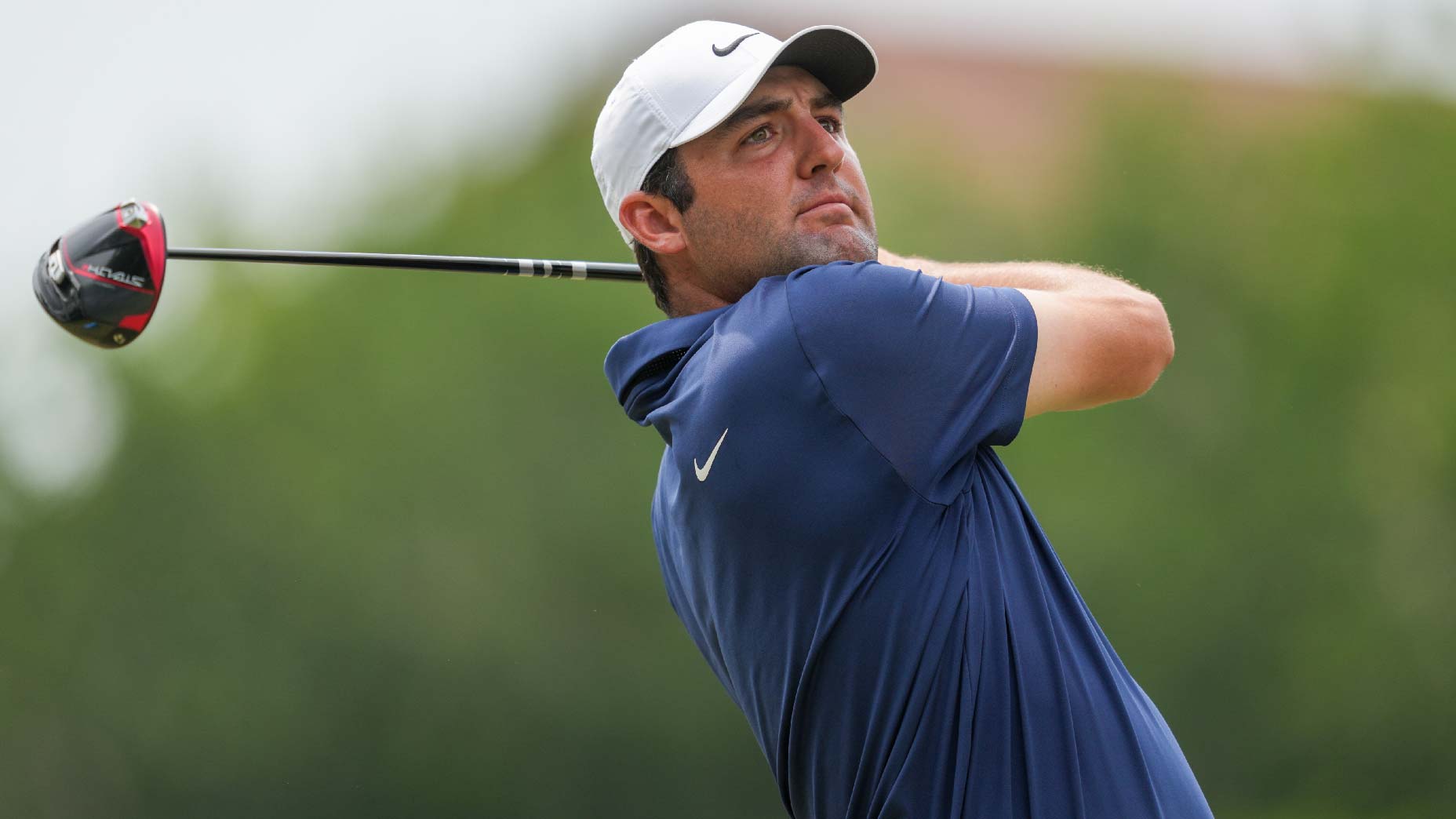
Getty Images
For pros contemplating an equipment deal, the days of cherry-picking the best number for a woods-only and/or iron-only deal are long gone.
With the number of deals shrinking, the balance of power has swung back toward the equipment manufacturer. In other words, if you want a deal, you need to be willing to play at least 10 clubs from one brand. And the driver is an absolute must.
“Drivers and woods are a must with a 10-12 club requirement deal,” Kim said. “In the past, you used to be able to do a mix-and-match deal with a deal for just the woods with one company and irons wedges with a different company. But these days, companies are really pushing to do full bag (13 including driver) and the ball.”
Want to overhaul your bag for 2023? Find a fitting location near you at True Spec Golf.



